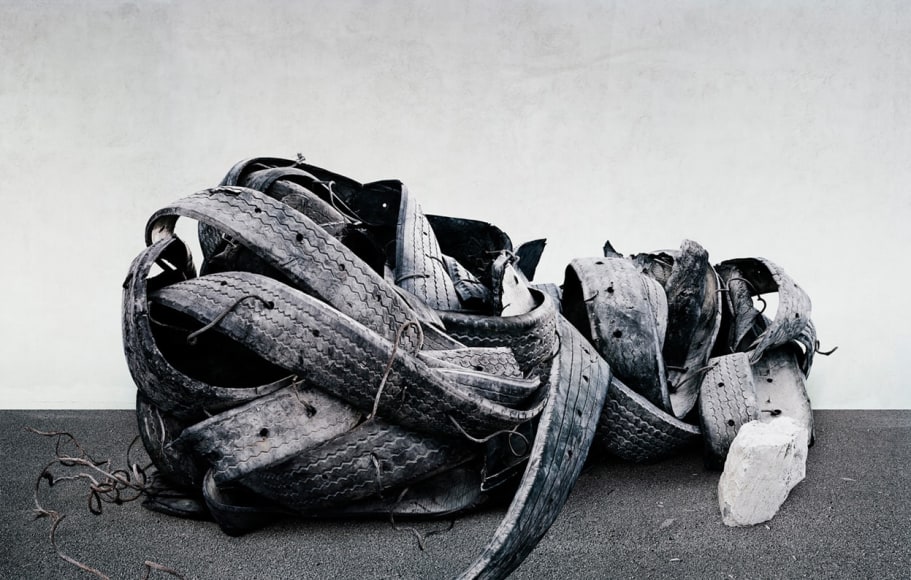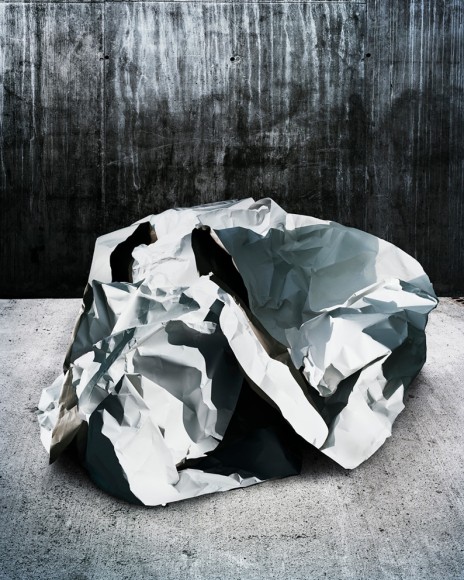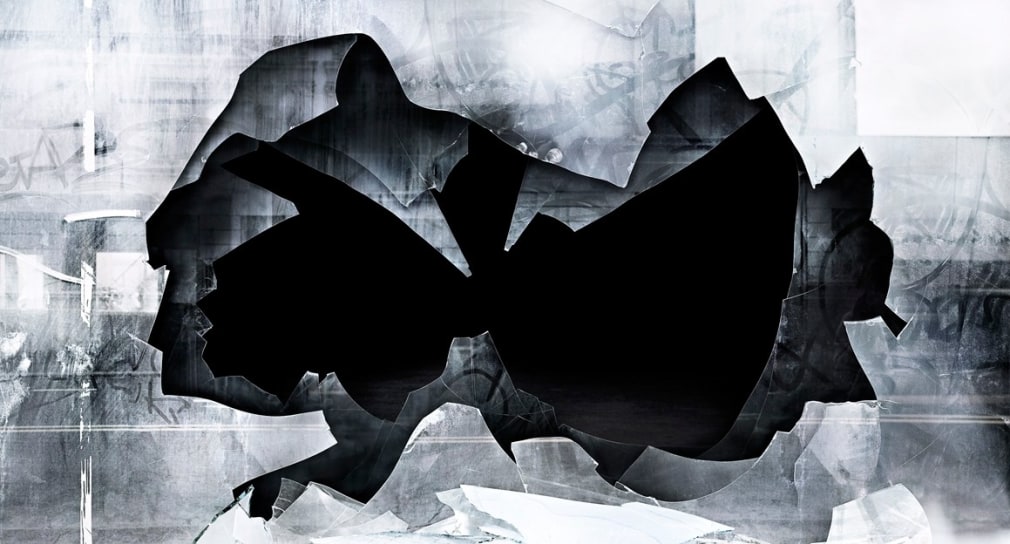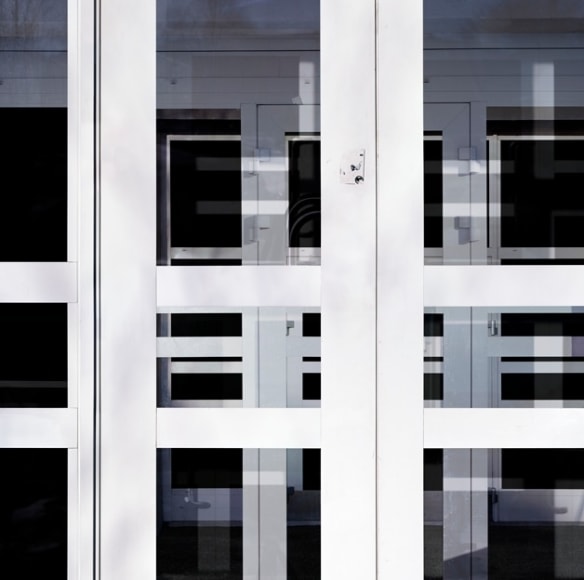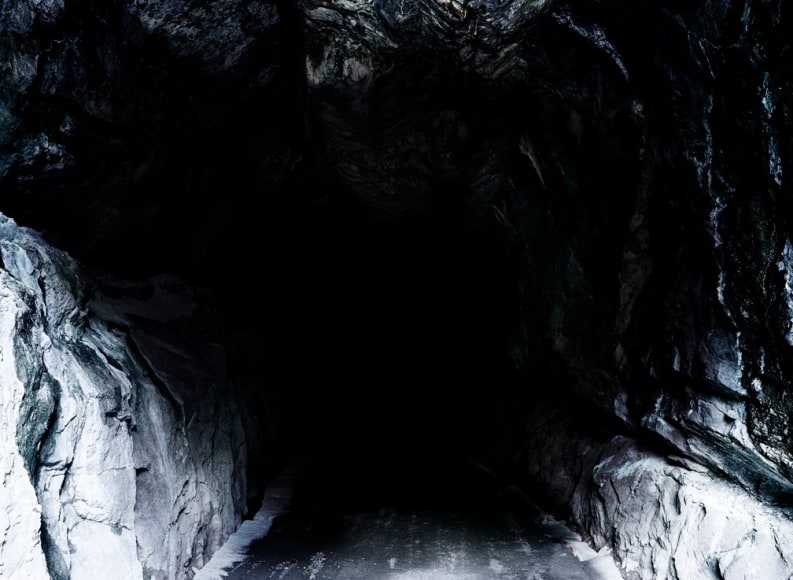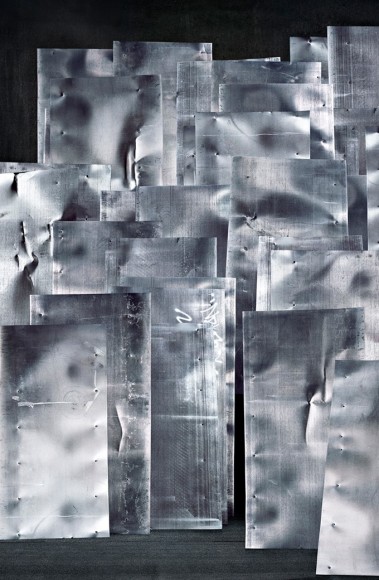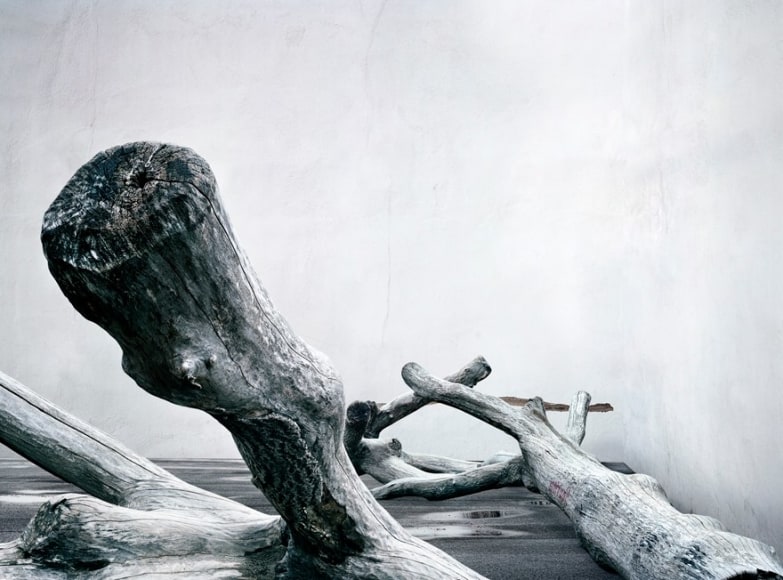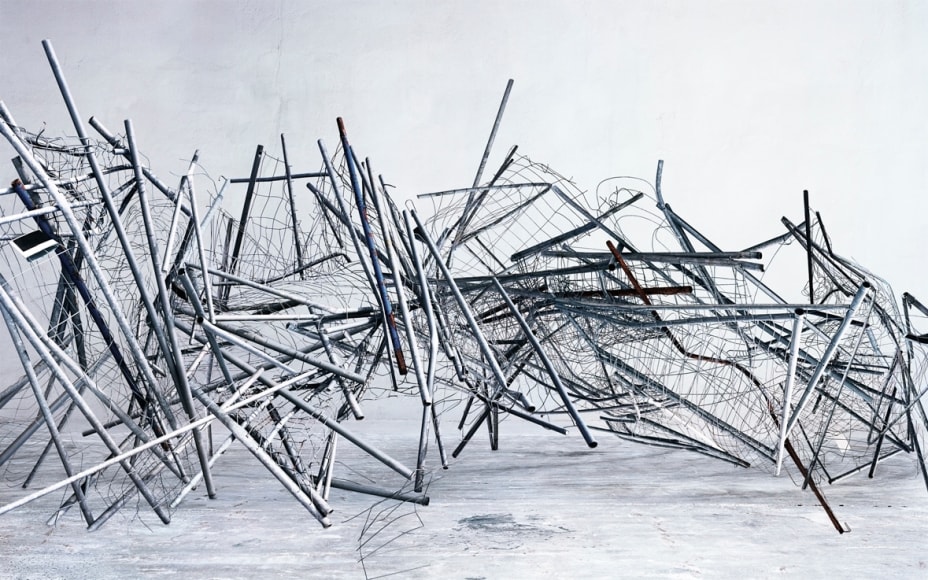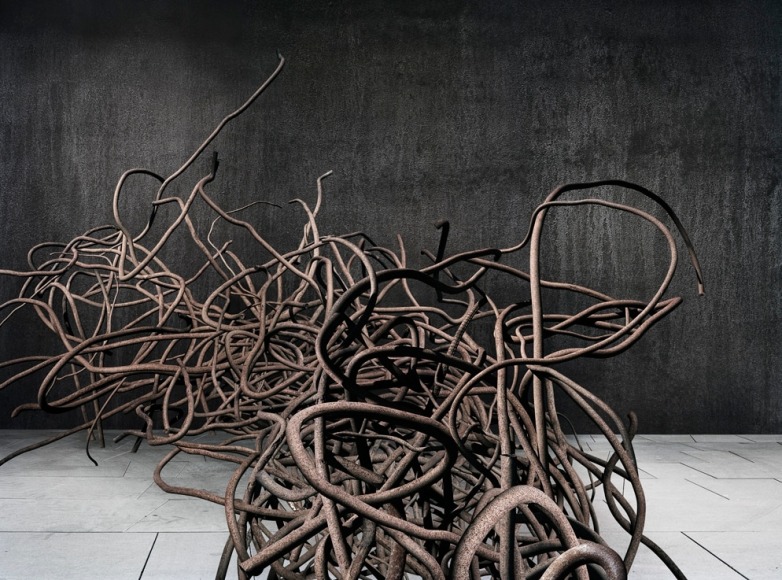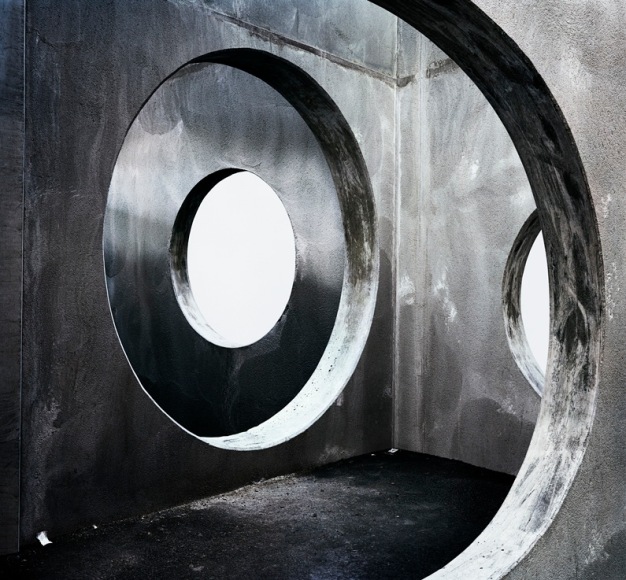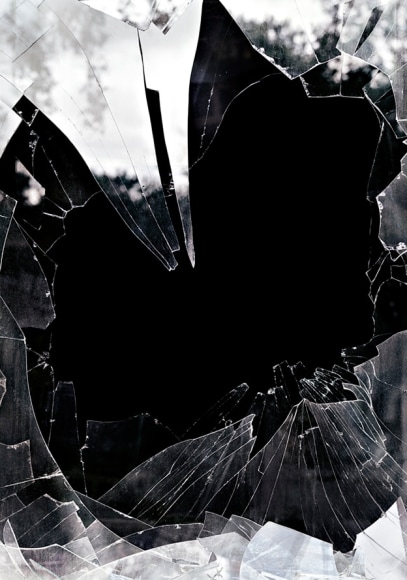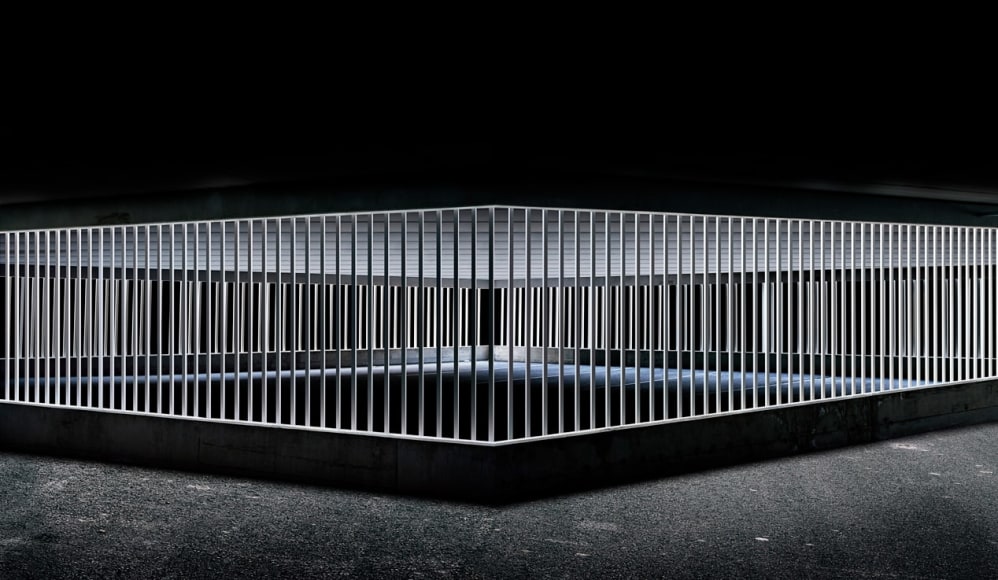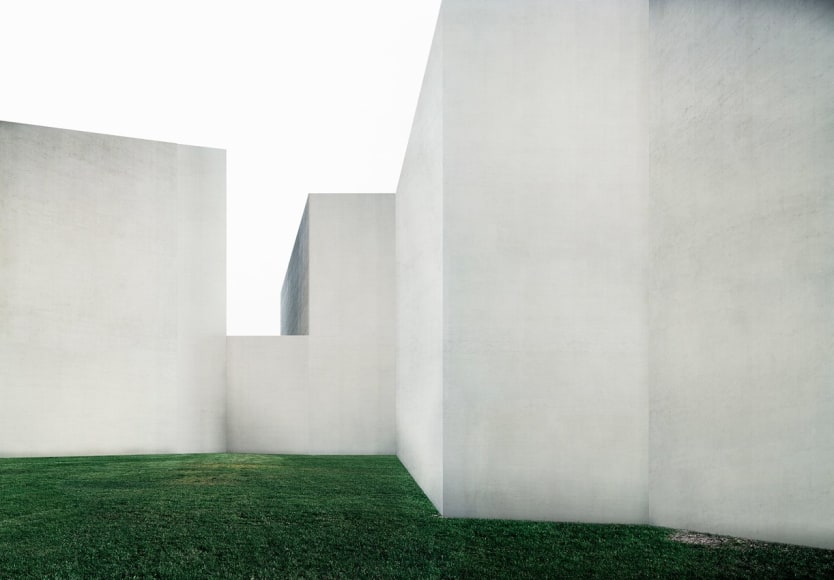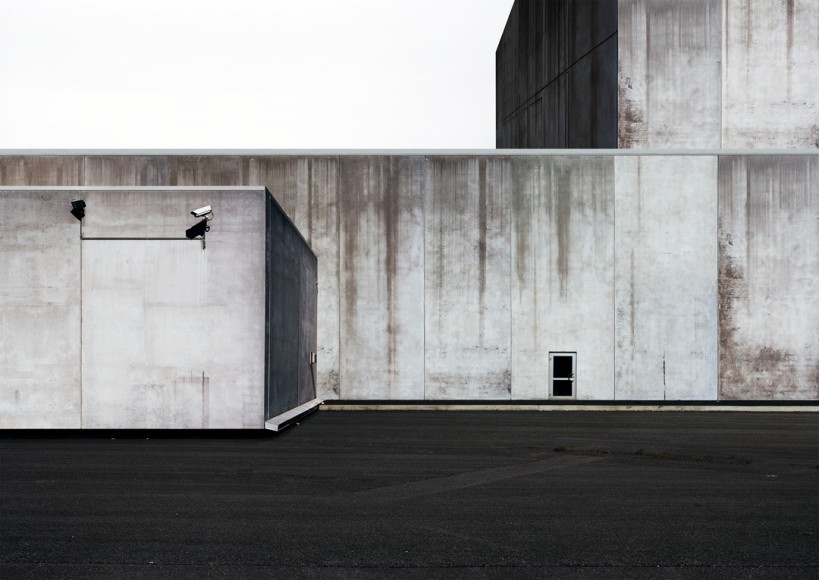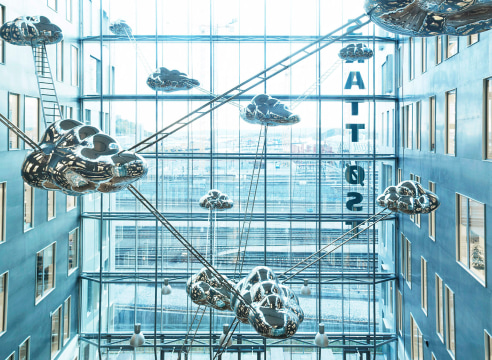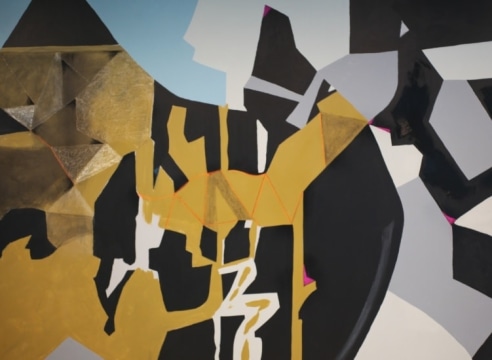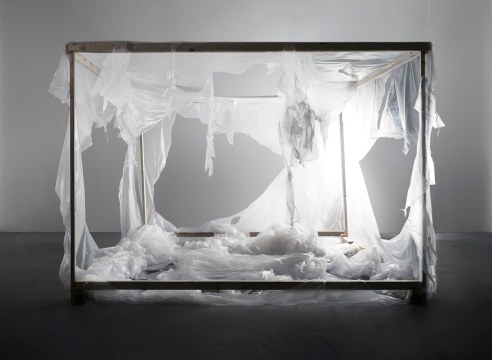
Øystein Dahlstrøm is known for his minimalistic photographs of urban landscapes and spaces, which shows a dystopian outlook on modern society. The beautiful and simple compositions often represent imaginary locations, completed through a careful process of editing one specific photograph. They have a dominating color scheme in a shade of gray, emphasized by his focus on materials such as concrete, rubber, and metal.
Through his practice, the artist creates an interesting discourse on what an artwork actually is in contemporary society. He raises the question of what remains of a photograph when it has gone through such a heavy process of manipulation. The history of photography as an artistic medium has been a heavy discussion since the beginning of the 20th century. One can say that the beginning of modern art was a reaction on the invention photography in itself: what was really the use of painting the world as it is if the photograph could do it for them? Another reaction was how Andy Warhol asked the brutal question of what art really was, at the time when reproduction became more and more common.
By looking at Dahlstrøm’s art, the question that comes to mind is what the difference really is between a canvas and a computer screen in our digital age. What he does, is manifest his whole artistry around the concept of modernity, and by using advanced digital equipment.
The locations that Dahlstrøm presents are unknown and places that do not exist. No one has ever seen the locations and the people in them are anonymous and unidentifiable. However, we recognize them; they are all places form a future that we want to escape from, a dystopian world where nature is gone and we are alone with nothing but technology. A world where buildings, freeways, traffic junctions, and railway systems are only made for the modern man to be able to move faster and live a practical and comfortable life.
Dahlstrøm’s heavy use of manipulation creates a sense of something artificial. However, the artificial is not a negative thing; it rather enhances the beautiful compositions where nothing is accidental, nothing is unnecessary. Every single technical detail and visual element are perfectly planned and arranged in creating this beautiful, dystopian world.

